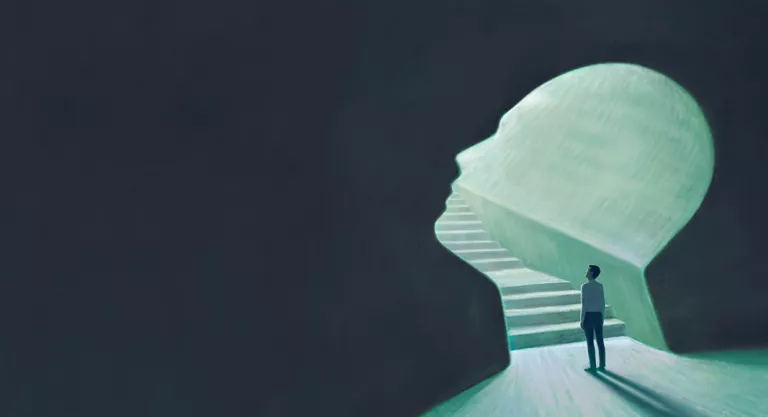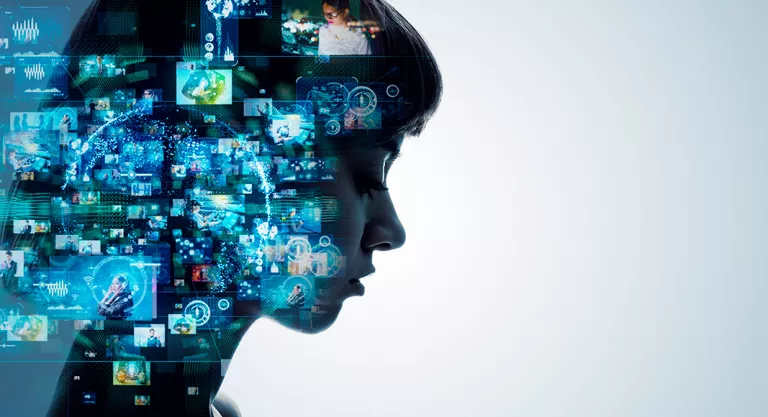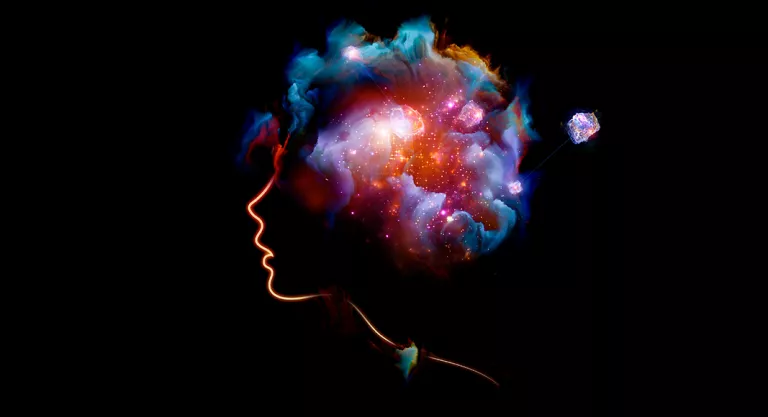Surely if I suggest that you think of a beach, the sand, the waves, the horizon come to mind… However, between 2% and 5% of the world’s population could not imagine this or any other image, they It deals with aphantasy, a disease that prevents remembering, imagining or even having dreams.
This disorder occurs in people who have their senses in perfect condition, they can see, smell, feel, hear or taste without problem, but the difficulty is found in the projection of these senses in the mind, generating something like an empty mind or blind unable to visualize any image on it.
And it is that, scientists believe that when looking at something, brain networks of areas that process information beyond sight are activated, which allows that when the eyes are closed, that image can be evoked again. But it seems that this does not occur in people with aphantasy, which can directly interfere with their daily life.
Any cognitive function that requires a visual sensory component, either voluntarily or involuntarily, is likely to be reduced in aphantasy.
For example, when we go to a place our mind assesses the possible routes, imagines and calculates which is the best, something so simple and everyday is impossible for those with fantasy. If I ask you to think of your favorite song, surely you are listening to them right now as if you had a player in your head, this is something that people with this rare disorder cannot do either. They can’t even conjure up the image of their partner if they miss her.
Causes of aphantasy or absence of sensory images
But, what is the afantasy due to? It is a question that still seems to be unanswered, since not many studies have been carried out in this regard, despite the fact that it was described in 1880. The researcher Adam Zeman, from the University of Exeter, and who gave this problem named in 2015, indicates that the difference between a person with aphantasy and another without it is that the process in which the brain tries to reactivate the activity patterns of the pineal gland –the mental eye– is interrupted, they believe that due to an absence of neurons responsible for this function.

The largest investigation to date is a study published in the journal Scientific Reports, in which 250 people with aphantasy were analyzed. The results showed that it is not only associated with the absence of visual images, but also affects other cognitive processes, such as a reduced ability to remember the past, imagine the future and dream.
Specifically, it was found that 26% of the participants declared an absence of multisensory images, such as the imagination of sound, touch, taste, movement, touch, smell and emotions. In addition, they believe that there could be subtypes of afantasy, since some people had problems imagining one of these sensations, but it did not happen with others.
Aphantasy prevents you from being scared by scary stories
Aphantasy could also be the reason that some people do not feel afraid, for example, when they hear a horror story. This has been revealed by a study carried out by members of the UNSW Sydney (Australia) and published in the journal Proceedings of The Royal Society, in which the physical and emotional reaction of people with this problem when reading distressing stories has been analyzed.
“Images are an amplifier of emotional thought, without them thoughts will not have that emotional boom”
The findings indicated that mental imagery is key in linking thoughts and emotions, as skin conductivity levels began to rise rapidly in people viewing the stories, while in those with aphantasy these levels were virtually flat.

“These two sets of results suggest that afantasy is not related to emotion reduction in general, but is specific to participants who read scary stories. The findings suggest that images are an amplifier of emotional thought. We can think all kinds of things, but without images, thoughts are not going to have that emotional boom”, explains Joel Pearson, main author of the study.
Much remains to be learned about this disorder, since the exact cause is unknown, although it is known that it can occur from birth or later. There is even the possibility that people with aphantasy may be less likely to develop disorders associated with fearful memories, such as post-traumatic stress disorder. In addition, research must be carried out in order to find a treatment that is effective and that gives people with a fantasy the ability to generate images, sounds and sensations in their minds.
Do you want to know if you suffer from afantasy?
In 1973 the British psychologist David Marks developed a standard way of testing the acuity of the mind’s eye, that is, the ability to generate reliable visual images: the Visual Image Vividness Questionnaire (VVIQ). This kind of test asks people to imagine various scenes and rate the clarity of their mental image. The procedure can be performed with your eyes closed or with your eyes open. Surveys show that most people have pretty vivid mental images; only 2 to 3 percent report a completely image-free mind.

The VVIQ has proven to be an essential tool in the scientific investigation of mental images as a phenomenological, behavioral and neurological construct, and has been versioned and improved by Marks himself and other authors subsequently. As proof of its validity, the work of Marks (1973) has been cited in more than 1,200 mental imagery studies in a variety of fields including cognitive psychology, clinical psychology, and neuropsychology.
.















